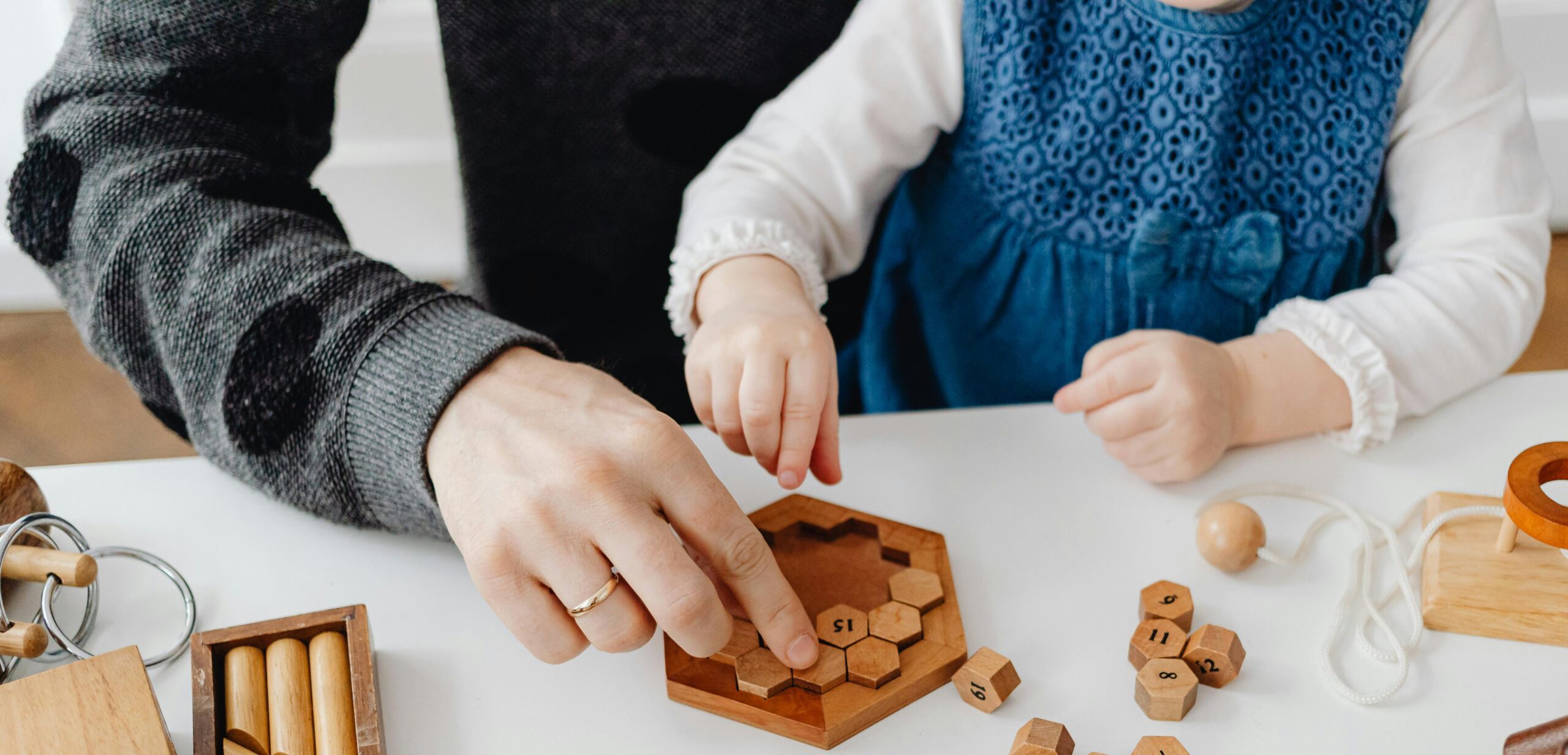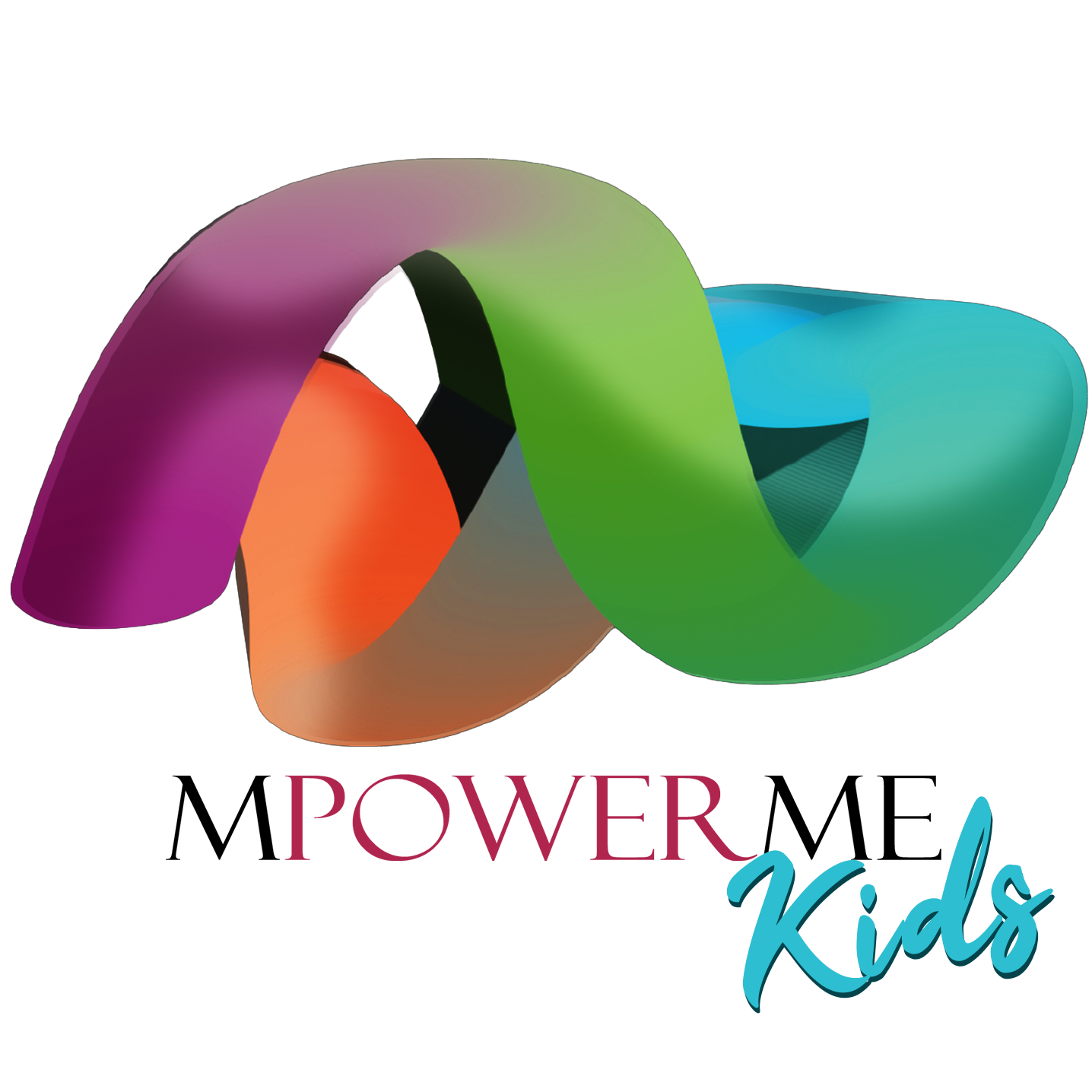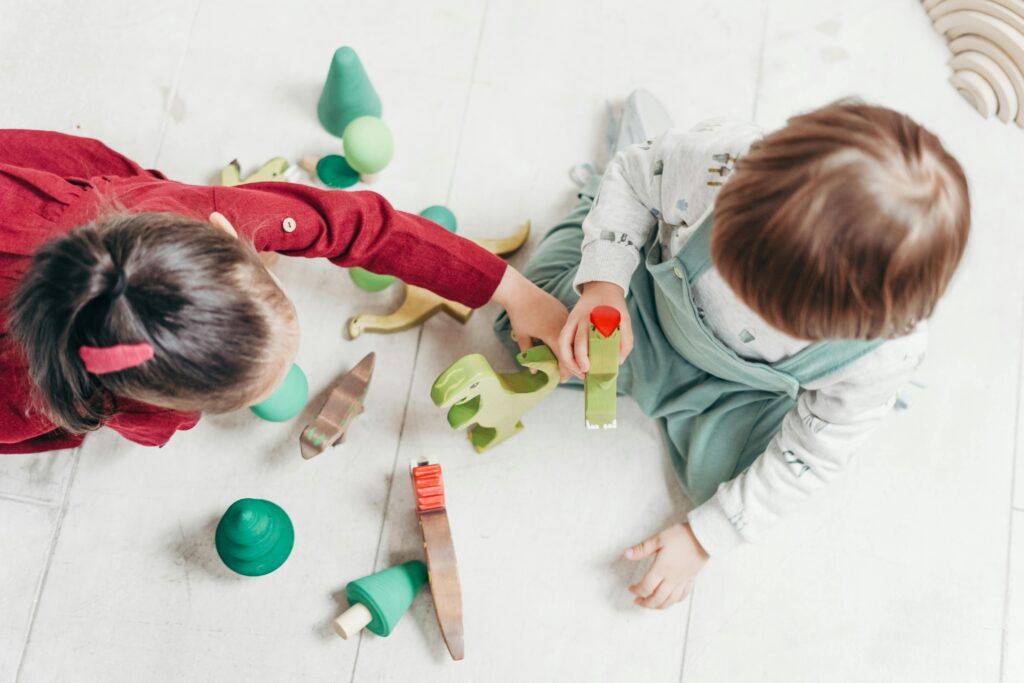
⏳ Turning Waiting Time Into Learning Time: Play-Based Strategies for Calm and Connection
By: Antonia Llull, MOT, OTR/L │ Founder and Clinical and Program Director – MPOWERME
Let’s face it — waiting isn’t always easy for children. Whether it’s the clinic lobby, a speech session delay, or the car parked outside a busy office, the in-between moments of the day can feel stressful, unpredictable, or just plain boring.
But here’s the good news: with a little intention and the right tools, these pauses can become powerful opportunities for connection, regulation, and executive functioning growth. At MPOWERME, we call it transforming waiting time into learning time.
🧠 Why Waiting Time Matters
Waiting offers a natural window to build executive functioning — the set of brain skills responsible for problem solving, flexibility, focus, working memory, and impulse control…to name a few. Developing these skills in real-world moments helps kids:
- Stay regulated in different environments
- Practice patience and self-direction
- Strengthen communication and shared attention
- Transition more smoothly into appointments or activities afterward
🎒 Build Your “Go Bag” for Success
A well-prepped waiting bag is your secret weapon. But it’s not just about tossing toys in a tote — it’s about involving your child in the process. Here’s how:
- Let them help create the kit. Use a game like “Let’s list all the things we love to play that are quiet, small, or short!”
- Practice packing routines. Build independence by assigning your child their own waiting kit checklist.
- Rotate items. Newness matters! Swap out items weekly to keep it fresh and engaging.
🎲 Low-Prep, High-Impact Activities
These activities are ideal for shared spaces with low sound and space tolerance — like clinic lobbies, libraries, or waiting rooms:
- I Spy in a Bottle (beans + small trinkets = endless fun)
- Suction cup toys on a travel tray
- Magnetic letters, shapes, or matching cards
- Paper + markers for guessing games or tic-tac-toe
- Fidget and squeeze tools for calming input
- Audio stories or music with headphones
- Pop-up books or non-mess drawing kits
🚗 Car Waiting? Bring the Play Inside
When the car becomes your waiting zone, movement and interaction are still possible — just adapted! Try:
- Sing-along playlists with call-and-response songs
- Imitation games like “Simon Says” with car-safe moves: ankle pumps, roof taps, animal sounds
- Guessing games using categories, letters, or counting
- Short interactive videos (limit to 10–12 mins) with questions or copycat actions
- Lap tray activities for fidgeting, drawing, or puzzles
Don’t forget your “clean-up kit”: wipes, zip bags, and separate “clean” and “used” sections in your bag help keep it simple and sanitary.
🤹 Little Moments, Big Wins
The goal isn’t perfection — it’s progress. Even 5–10 minutes of connection during wait time can:
- Reduce pre-appointment anxiety
- Boost cooperation and emotional regulation
- Create routines that travel across home, school, and therapy
- Help siblings feel involved and connected, too
🤝 From Our Team to Yours
At MPOWERME, we believe the in-between moments matter. With just a little planning, waiting time can become family time, learning time, and yes — even fun time.
🔜 Coming Soon in This Series
Upcoming topics include:
- Self-Regulation Routines for Before & After School
- Rainy Day, Snow Day, Any Day: Movement & Play Ideas
- The Road Trip: Planning and Play to Make Getting There Fun
Let’s keep finding joy in everyday routines — together.


